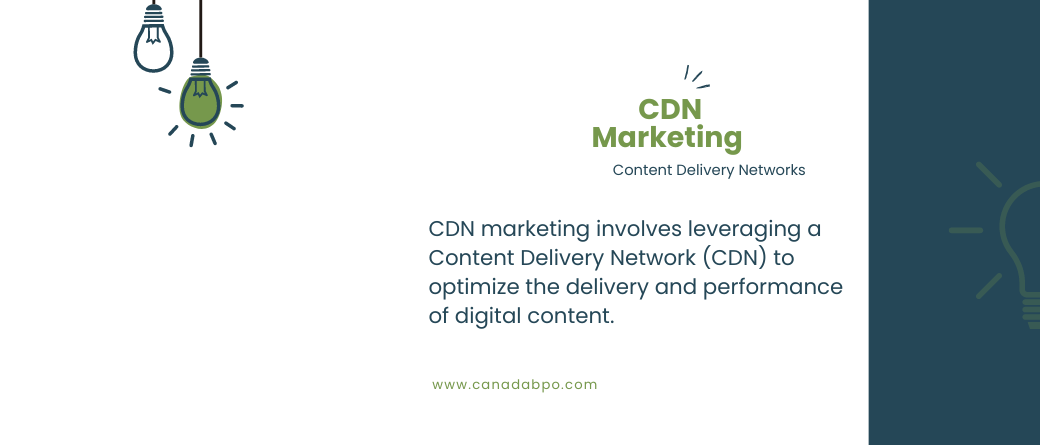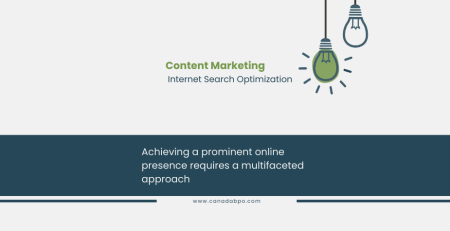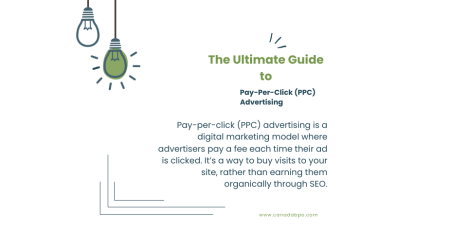Ensuring your website loads quickly and performs efficiently is crucial for delivering a positive user experience and achieving your marketing goals. One powerful tool that can significantly enhance your website’s performance is a Content Delivery Network (CDN). In this blog post, we’ll explore what CDN marketing is, how CDNs work, and the benefits they offer for improving your digital marketing strategy.
What is CDN Marketing?
CDN marketing involves leveraging a Content Delivery Network (CDN) to optimize the delivery and performance of digital content. A CDN is a network of distributed servers that work together to deliver web content, such as images, videos, and web pages, more efficiently to users around the world. By using a CDN, businesses can enhance their website’s speed, reliability, and overall user experience, which in turn supports their marketing efforts.
How Does a CDN Work?
A CDN operates by distributing copies of your website’s content across multiple servers located in various geographic locations. When a user requests content from your website, the CDN redirects that request to the server closest to the user’s location. This process reduces latency and ensures that the content is delivered quickly and efficiently.
Here’s a simplified breakdown of how a CDN works:
- Content Distribution: Your website’s content is cached and distributed across multiple servers in the CDN network.
- Request Routing: When a user makes a request for content, the CDN routes that request to the nearest server.
- Content Delivery: The CDN server delivers the content to the user, reducing the time it takes to load the page and improving overall performance.
Benefits of CDN Marketing
Implementing a CDN can offer several benefits for your digital marketing strategy:
1. Improved Website Speed
Speed is a critical factor for user experience and SEO. A CDN reduces the distance between your website’s content and your users by delivering it from the nearest server. This results in faster loading times, which can reduce bounce rates, increase user engagement, and improve your website’s search engine rankings.
2. Enhanced User Experience
A fast-loading website provides a better user experience, which can lead to higher customer satisfaction and increased conversions. By using a CDN to optimize content delivery, you ensure that users have a smooth and seamless experience, regardless of their location or device.
3. Increased Website Reliability
CDNs offer high availability and redundancy by distributing content across multiple servers. This means that if one server experiences issues, another server can take over, ensuring that your website remains accessible. This increased reliability helps prevent downtime and maintains a consistent user experience.
4. Reduced Server Load
By offloading content delivery to CDN servers, you reduce the strain on your origin server. This can lead to improved server performance and lower hosting costs, as the CDN handles the majority of the content delivery.
5. Scalability
CDNs are designed to handle high traffic volumes and sudden spikes in demand. Whether you’re running a marketing campaign or experiencing seasonal traffic increases, a CDN can scale to accommodate the additional load and ensure that your website performs optimally.
6. Enhanced Security
Many CDNs offer security features such as DDoS protection, secure SSL/TLS encryption, and firewall services. These features help protect your website from cyber threats and ensure that your users’ data is secure.
How to Integrate CDN Marketing into Your Strategy
To make the most of CDN marketing, follow these steps to integrate a CDN into your digital marketing strategy:
1. Choose the Right CDN Provider
Research and select a CDN provider that aligns with your needs and budget. Consider factors such as server locations, performance, security features, and customer support. Popular CDN providers include Cloudflare, Akamai, and Amazon CloudFront.
2. Configure Your CDN
Once you’ve chosen a CDN provider, configure your CDN settings to ensure that your website’s content is properly distributed and cached. This may involve updating your DNS records, setting up caching rules, and configuring security settings.
3. Monitor Performance
Regularly monitor your CDN’s performance to ensure that it is delivering content efficiently and meeting your expectations. Use analytics and performance monitoring tools to track key metrics such as load times, user engagement, and server response times.
4. Optimize Content
Work with your CDN provider to optimize your content for delivery. This may involve compressing images, minifying code, and implementing caching strategies to further enhance performance.
5. Integrate with Marketing Efforts
Leverage the benefits of your CDN to support your marketing campaigns. For example, use faster loading times to improve the performance of landing pages, enhance the effectiveness of paid advertising, and ensure that promotional content is delivered quickly and reliably.
6. Stay Up-to-Date
Keep up with the latest developments and best practices in CDN technology. As your website grows and your marketing needs evolve, make adjustments to your CDN strategy to ensure continued success.
CDN marketing is a powerful strategy for optimizing website performance, enhancing user experience, and supporting your digital marketing efforts. By leveraging a Content Delivery Network, you can improve website speed, reliability, and security, ultimately driving better results for your business.
At Canada BPO Services, we understand the importance of a well-optimized website in achieving your marketing goals. If you’re ready to enhance your website’s performance and take advantage of the benefits of CDN marketing, our team is here to help. Contact us today to learn more about how we can assist you in integrating CDN technology into your digital marketing strategy!










